Shigeru Ban is a Japanese architect known for his innovative use of materials and his work on humanitarian projects. His firm, Shigeru Ban Architects, has designed a wide range of buildings around the world, including museums, office buildings, residences and temporary housing for disaster relief. Ban is also known for using sustainable and recyclable materials in his designs. Looking at some of Ban's designs for earthquake victims can move us forward socially and culturally, inspiring us with creative ways to help people.
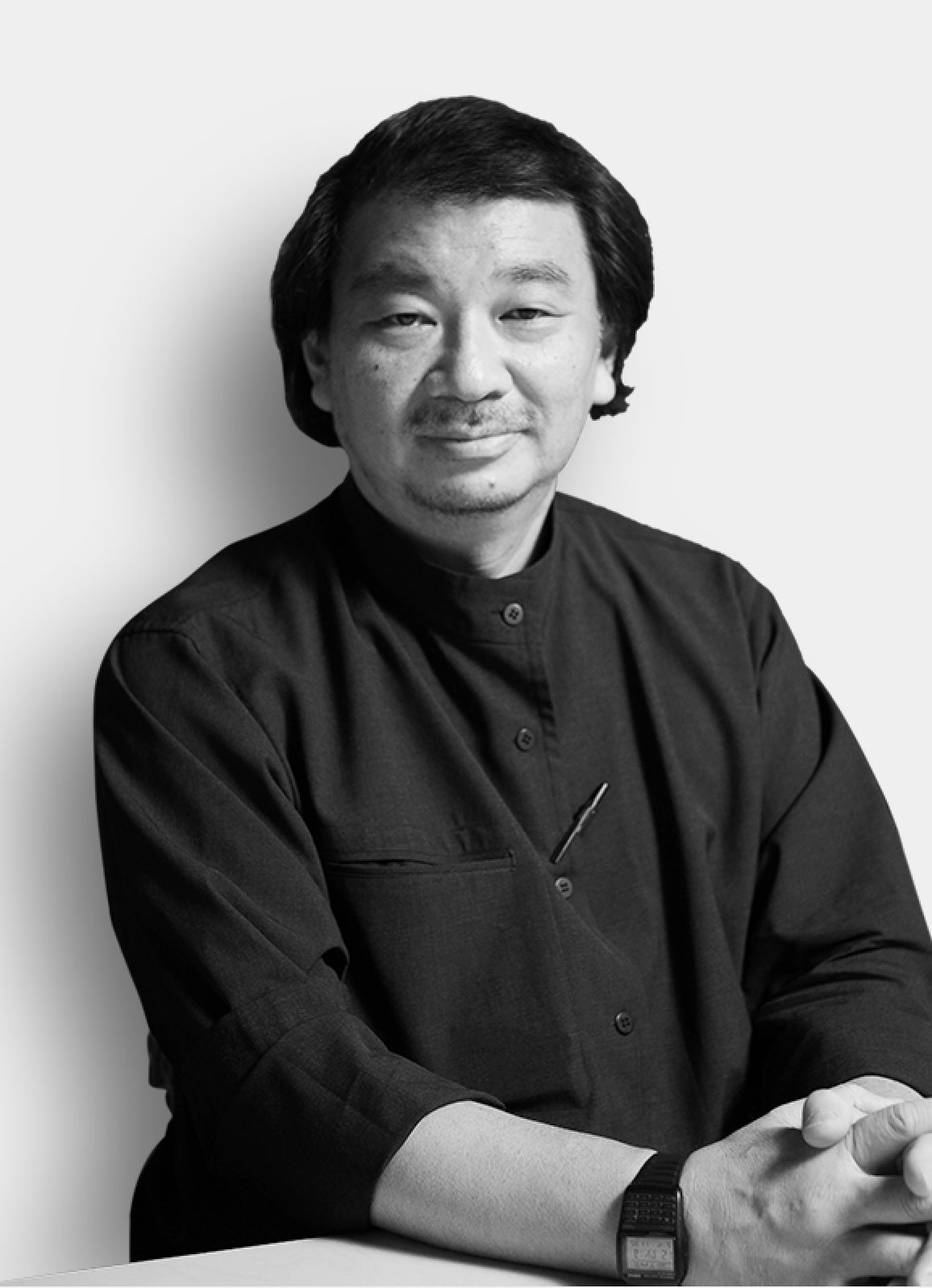
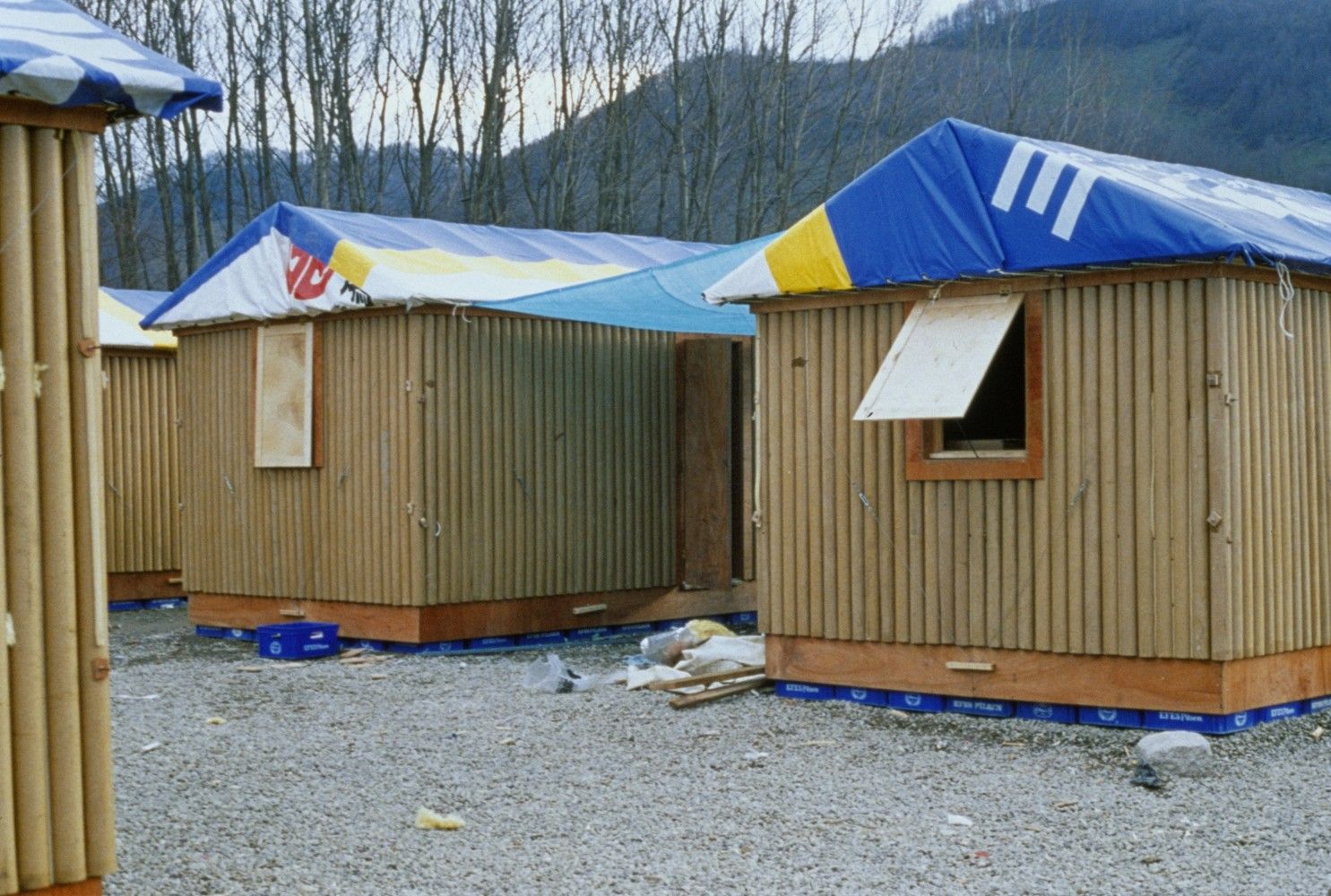
Shigeru Ban is well known for his contributions in designing temporary shelter and housing for victims of natural disasters, especially earthquakes. A notable example of his innovative design work is the "Paper Log House". The house is constructed entirely from paper tubes and is designed to showcase Ban's innovative approach to sustainable and affordable housing.
The Paper Log House is a small, single-story residence with a simple design with a sloping roof and an open interior layout. The walls are constructed using paper tubes filled with sand and stacked in a vertical arrangement, creating a sturdy structure that is wind and earthquake resistant. The house is designed to be easily assembled and disassembled and can be moved to different locations with minimal effort. Its lightweight construction makes it a suitable solution for emergency housing and other temporary applications, demonstrating the potential of paper as a sustainable and viable building material. Ban's design is groundbreaking because it uses locally sourced and recyclable materials and can be built quickly without the need for heavy machinery or skilled labor.
The Paper Log House is designed to be easily assembled by the victims themselves without the need for heavy machinery or skilled labor. The simple and modular design of the shelter allows for customization to suit different family sizes and needs. The house also includes a roof made of waterproof material that provides protection from the elements.
Ban's Paper Log House in Turkey is an example of Ban's philosophy of using architecture to address social and humanitarian issues. The design is not only sustainable and affordable, but also offers a sense of privacy and dignity to disaster victims who have lost their homes. The success of the "Paper Log House" has inspired other architects to explore the potential of using recyclable materials in disaster relief housing.
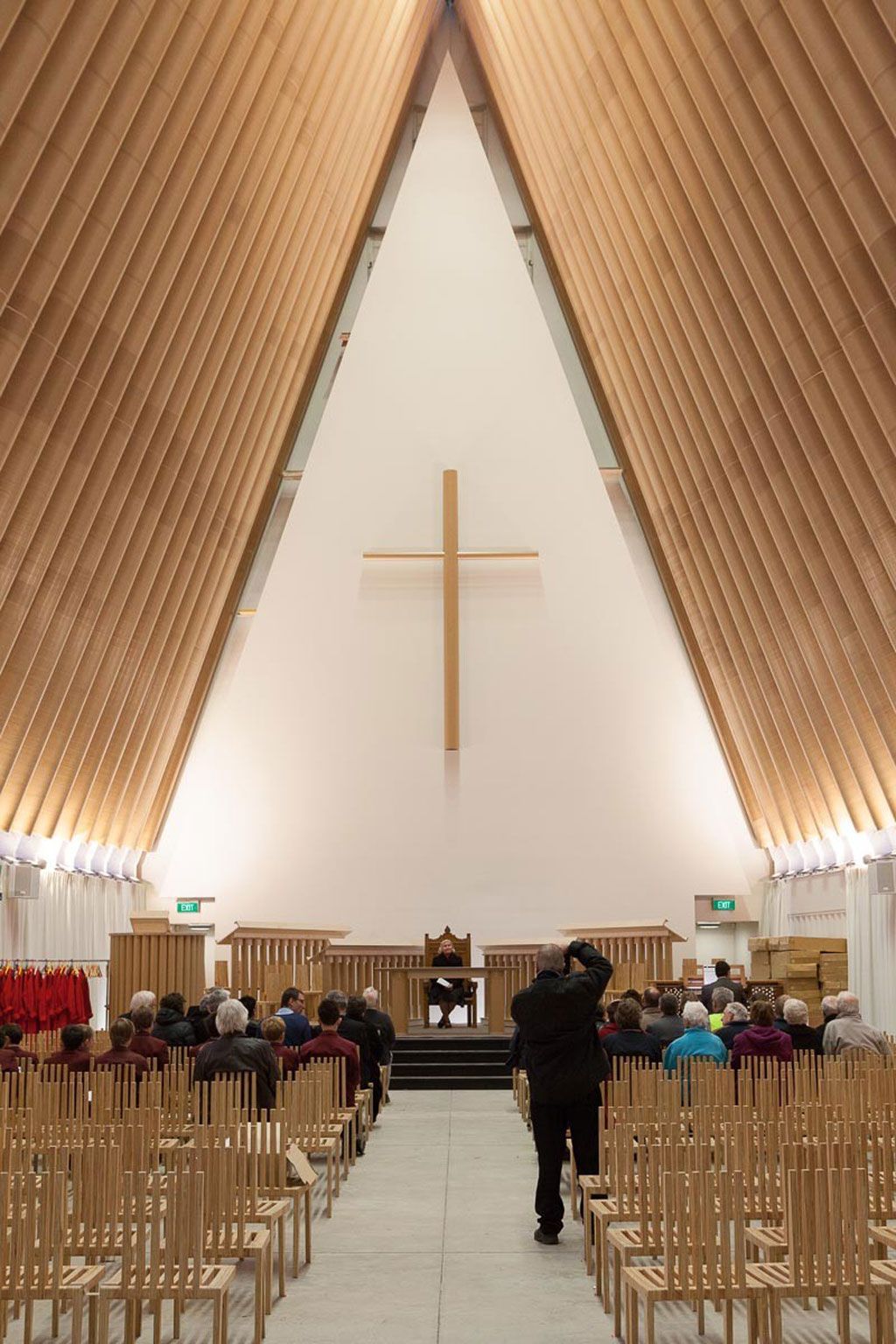
Shigeru Ban used his expertise in working with paper and cardboard as building materials to create the "Paper Church" in Kobe, Japan after the 1995 earthquake. The original structure of the church was severely damaged in the earthquake, so Ban was commissioned to design a temporary renovation.
Ban used paper tubes, the same material he used in his "Paper Log House" project, to build arched walls that support the roof of the church. The paper tubes were then covered with a waterproof membrane to protect against the weather. The use of paper tubes made the structure lightweight, portable and durable, making it an ideal material for a temporary building.
The "Paper Church" is an outstanding example of Ban's ability to create aesthetically pleasing and practical structures using non-traditional materials. The design was a great success and the church served the community for more than a decade until a permanent replacement was built. The project also inspired Ban to further explore the potential of paper and cardboard as building materials, leading to other innovative projects such as a pavilion for the 2000 Expo in Hanover, Germany and a temporary cathedral in Christchurch, New Zealand after the 2011 earthquake.
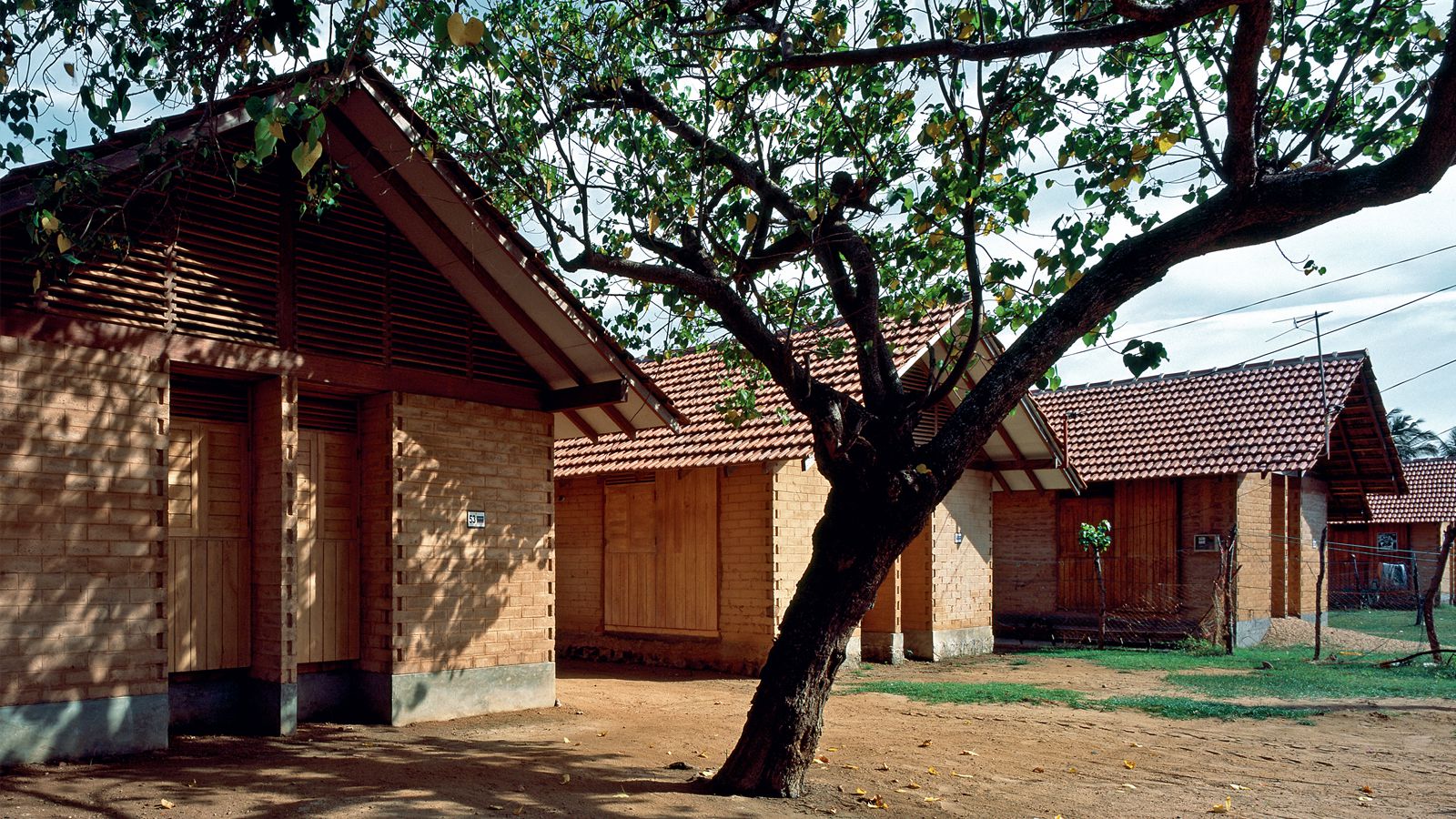
After the 2004 Indian Ocean tsunami hit Kirinda, Sri Lanka, Shigeru Ban was commissioned to design a series of temporary housing structures for the area. Ban's design incorporated locally sourced materials such as bamboo and coconut leaves to create environmentally sustainable and cost-effective homes.
The structures are designed to be easily assembled with a modular layout that can be customized for different family sizes and needs. Additionally, the houses are built off the ground to facilitate flood protection and natural ventilation.
Ban has also designed common structures such as community centers and playgrounds to provide gathering spaces for the community. These communal structures are also built with locally sourced materials such as mud and coconut fiber.
Ban's reconstruction project in Kirinda is an example of his belief that architecture can be used to provide social and humanitarian relief. His approach to designing sustainable and cost-effective structures using local materials has influenced other architects to consider similar methods in their own disaster relief projects.
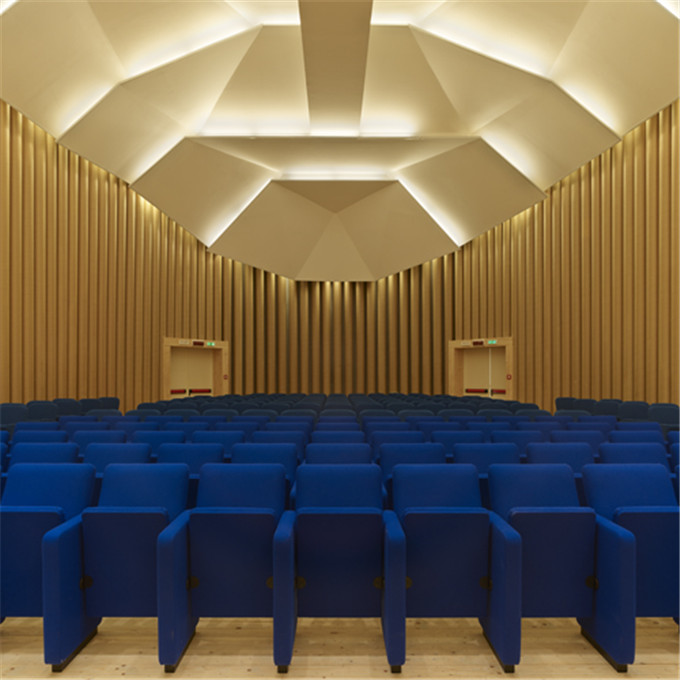
After the 2009 earthquake in L'Aquila, Italy, Shigeru Ban was commissioned to design a temporary concert hall for the area. Ban's design incorporated his trademark paper tubes, which were used to construct the roof of the hall.
The paper tubes are arranged in a lattice shape to allow natural light to enter the hall. The roof is then covered with a waterproof membrane to protect the interior from the elements. The use of paper tubes made the structure lightweight, affordable and easy to construct, which was essential for a temporary building.
Ban's design also includes a modular stage that can be adjusted to suit various types of performances. Seating 230 people, the hall has hosted concerts, plays and other cultural events.
The paper concert hall in L'Aquila is another example of Ban's creative use of non-traditional materials to create functional and visually appealing structures. The project demonstrated the flexibility of paper as a building material and its potential for use in temporary structures for disaster relief efforts.
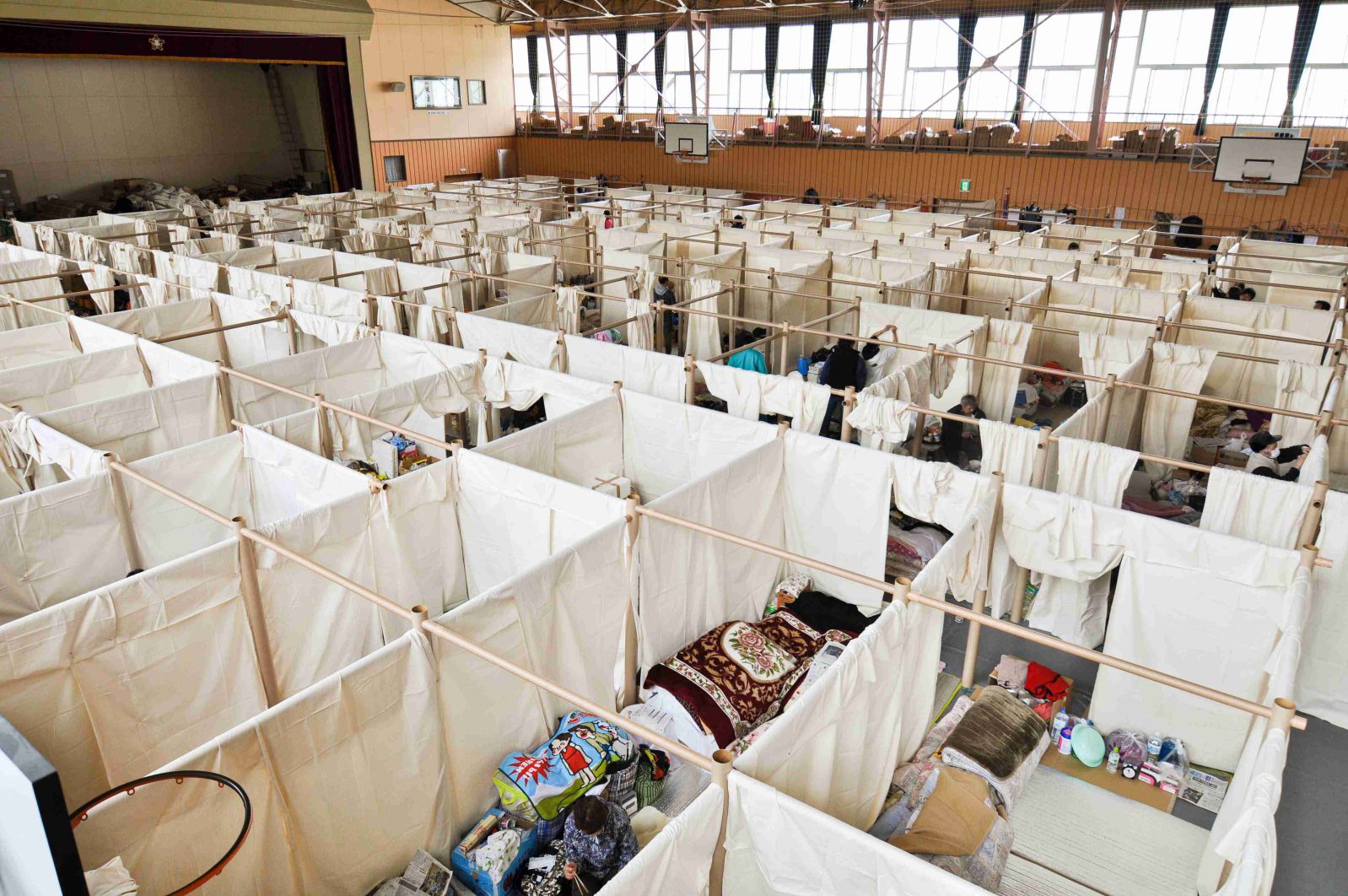
Shigeru Ban's Paper Partition System 4 is a unique solution to a common problem in Japanese apartments, which often lack interior walls or partitions. Ban's design consists of using paper tubes to create modular partitions that can be quickly assembled and disassembled, providing flexibility and privacy in a small space.
The system consists of paper tubes cut into different lengths and nested together to form a sturdy lattice structure. The tubes are then covered with paper screens to provide privacy while allowing light to pass through. The design is based on the traditional Japanese shoji screen, but Ban's use of paper tubes instead of wood has made the system lightweight, easy to transport and cost-effective.
Paper Partition System 4 was initially used in Ban's own apartment in Tokyo and later gained popularity in Japan as a flexible and affordable way to create partitions in small spaces. The modular design of the system allows it to be customized for different spaces and needs, making it a versatile solution for Japanese apartments. Ban's use of paper tubes in the partition system is an example of his commitment to sustainability and his belief that architecture should respond to the needs of its users. His innovative use of non-traditional materials has inspired other architects to explore similar approaches in their own work.
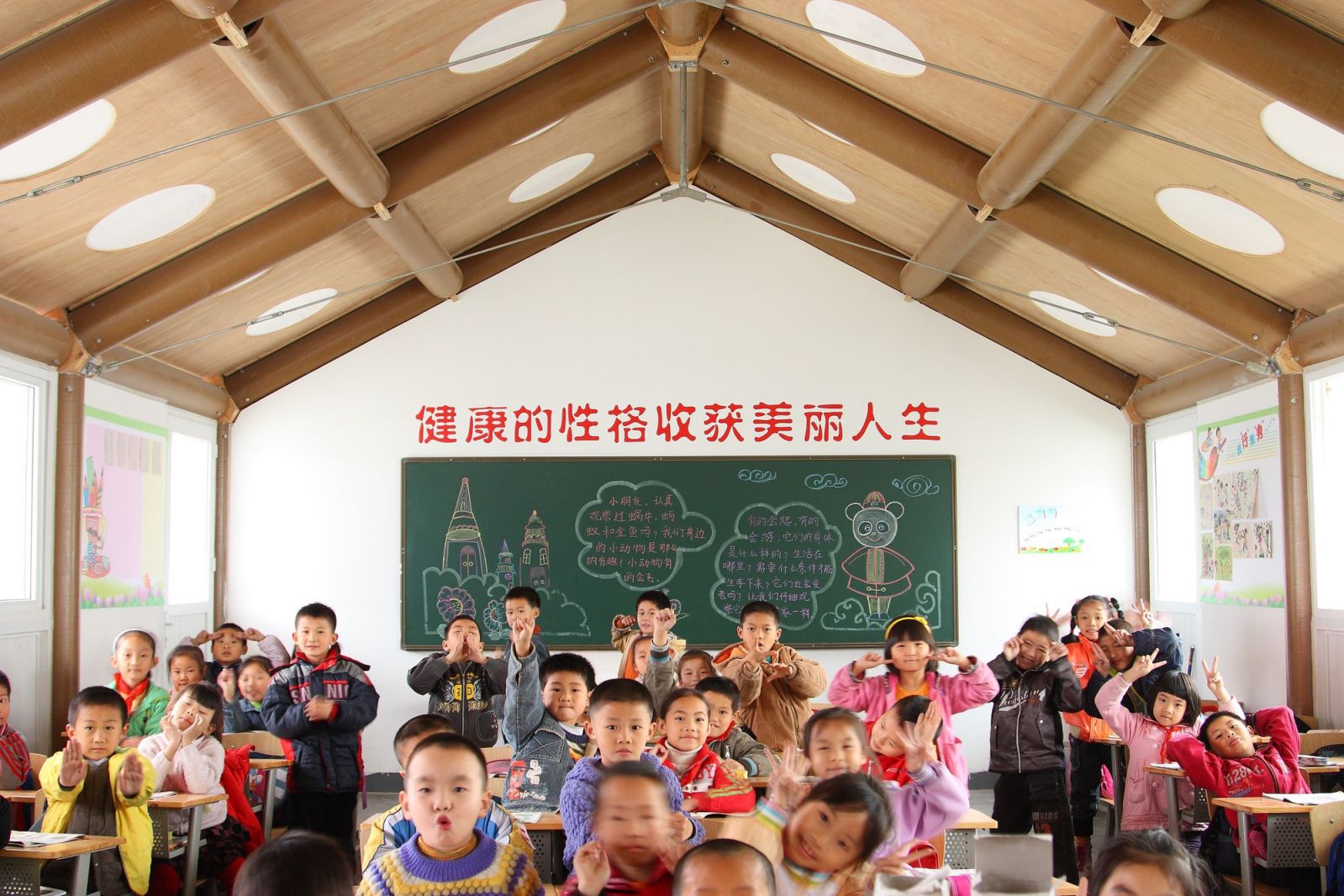
Shigeru Ban's temporary primary school in Chengdu, China, was built in response to the 2008 Sichuan earthquake that caused extensive damage to schools in the region. Ban's design again uses paper tubes to create a lightweight, adaptable structure that can be quickly assembled and disassembled.
The school was built using more than 200 tons of paper tubes filled and stacked with sand to form the building's walls and columns. The roof is made of a lightweight membrane material and the interior is divided into classrooms and other spaces using paper screens. The lightweight and adaptable nature of the school's design allowed it to be easily transformed into different uses and environments, providing a safe and comfortable space for students and teachers after the earthquake. Ban's use of paper tubes in this project, like his other projects, has influenced other architects to explore similar methods in their own work.
In conclusion, Shigeru Ban's work in earthquake relief and disaster response has been remarkable. His innovative approach to using non-traditional materials such as paper to create temporary shelter and community centers for disaster victims has not only been effective, but has inspired others to rethink how we approach such crises.
Through his work in places like Kobe, Sri Lanka and Haiti, Ban has shown that creativity and resourcefulness can play an important role in responding to emergencies and providing assistance to those in need. His willingness to experiment with new materials and techniques has pushed the boundaries of what is possible in disaster response and helped to draw attention to the importance of sustainable and affordable housing solutions.
By learning about the work of architects like Shigeru Ban and their contributions to disaster relief efforts, we can develop a deeper understanding of the complexities involved in responding to these events, and be inspired to look at these tragedies in a more creative and helpful way, which can make a significant difference to the lives of those affected.
Ban, S. (2014). Shigeru Ban Architects: Emergency shelters made from paper. The Architectural Review. https://www.architectural-review.com/essays/shigeru-ban-architects-emergency-shelters-made-from-paper/8663409.article
Ban, S. (2015). Paper partition system 4. Shigeru Ban Architects. https://www.shigerubanarchitects.com/works/2015_partition_system_4/
Ban, S. (2017). Temporary elementary school in Chengdu. Shigeru Ban Architects. https://www.shigerubanarchitects.com/works/2017_temporary_elementary_school_in_chengdu/
Ban, S. (2018). Paper concert hall in L'Aquila. Shigeru Ban Architects. https://www.shigerubanarchitects.com/works/2018_paper_concert_hall_in_laquila/
Ban, S. (2018). Kirinda community hall. Shigeru Ban Architects. https://www.shigerubanarchitects.com/works/2018_kirinda_community_hall/
Shigeru Ban Architects. (n.d.). Japan Pavilion at Expo 2000 Hannover. https://www.shigerubanarchitects.com/works/2000_japan_pavilion_at_expo_2000_hannover/
Architect Magazine. (n.d.). Paper Log House, Turkey. Retrieved from https://www.architectmagazine.com/project-gallery/paper-log-house-turkey
Arquitectura Viva. (n.d.). Reconstrucción de viviendas 7. Retrieved from https://arquitecturaviva.com/works/reconstruccion-de-viviendas-7
Architect Magazine. (n.d.). Paper Partition System. Retrieved from https://www.architectmagazine.com/project-gallery/paper-partition-system-4
ArchDaily. (n.d.). The Humanitarian Works of Shigeru Ban. Retrieved from https://www.archdaily.com/489255/the-humanitarian-works-of-shigeru-ban/532b137cc07a803b4200002c-the-humanitarian-works-of-shigeru-ban-photo
Arch2O. (n.d.). Cardboard Cathedral / Shigeru Ban Architects. Retrieved from https://www.arch2o.com/cardboard-cathedral-shigeru-ban-architects/
Images:
https://www.architectmagazine.com/project-gallery/paper-log-house-turkey
https://www.arch2o.com/cardboard-cathedral-shigeru-ban-architects/
https://arquitecturaviva.com/works/reconstruccion-de-viviendas-7
https://archiscapes.wordpress.com/2014/11/12/shigeru-ban-paper-tube-structures/paper-concert-hall-laquila_2/
https://www.architectmagazine.com/project-gallery/paper-partition-system-4
https://www.archdaily.com/489255/the-humanitarian-works-of-shigeru-ban/532b137cc07a803b4200002c-the-humanitarian-works-of-shigeru-ban-photo
This article was written by Elif Ekin Kaptan and published in Piyon Magazine Issue 03 in . You can continue reading the issue by scrolling down. You can read our other issues from the top menu, click here to return to the homepage, or fill out the form in the bottom section to subscribe to our magazine.

Subscriptions Coming Soon